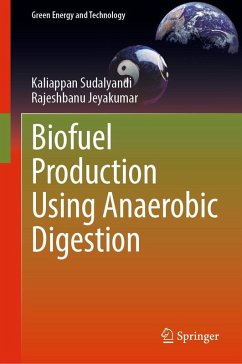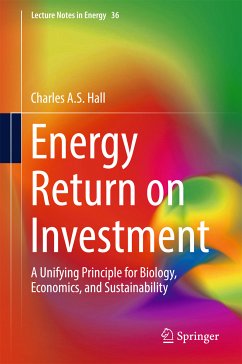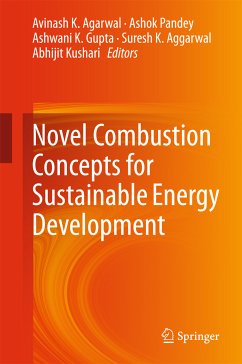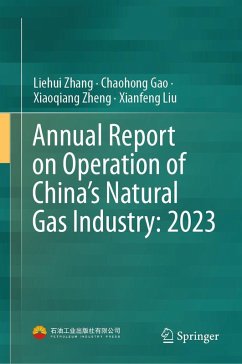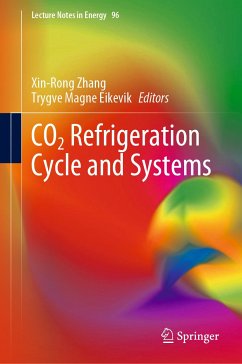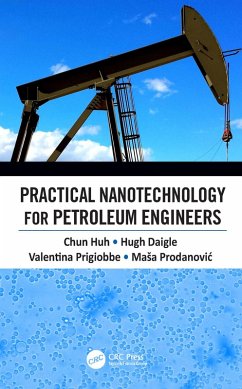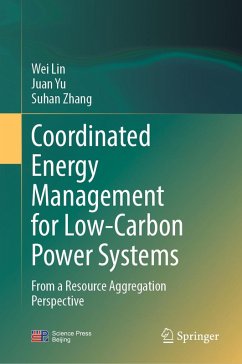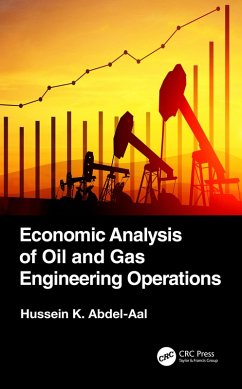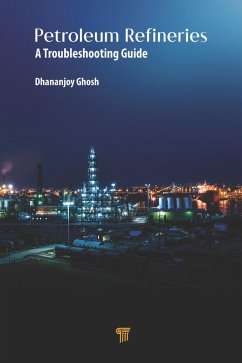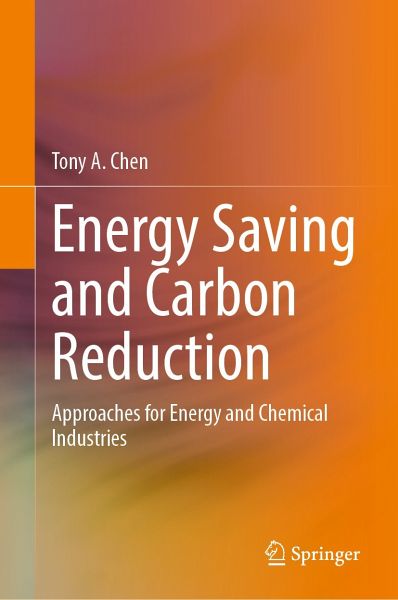
Energy Saving and Carbon Reduction (eBook, PDF)
Approaches for Energy and Chemical Industries
Versandkostenfrei!
Sofort per Download lieferbar
96,95 €
inkl. MwSt.
Weitere Ausgaben:

PAYBACK Punkte
48 °P sammeln!
The book provides an integrated energy/exergy analysis method to identify the energy utilization issues and systematically propose the cost-effective energy-saving and CO2 mitigation/capture solution. There is a strong market needs on energy-saving and greenhouse gas (GHG) reduction. CO2 mitigation/capture will achieve economic benefit of fuel, power, and carbon tax saving as well as environmental GHG reduction. The book is a professional book for energy-saving and GHG gas mitigation technology in oil & gas, oil refining, and chemical industry. It is an integrated technical book that combines ...
The book provides an integrated energy/exergy analysis method to identify the energy utilization issues and systematically propose the cost-effective energy-saving and CO2 mitigation/capture solution. There is a strong market needs on energy-saving and greenhouse gas (GHG) reduction. CO2 mitigation/capture will achieve economic benefit of fuel, power, and carbon tax saving as well as environmental GHG reduction.
The book is a professional book for energy-saving and GHG gas mitigation technology in oil & gas, oil refining, and chemical industry. It is an integrated technical book that combines energy utilization theory and practical method, including: thermodynamic analysis for unit operation and process units; energy and exergy calculation for various process streams and utilities; three-link energy/exergy analysis model; energy/exergy balance of equipment, process units, and entire plant; approach and technology of energy saving; optimization of pipeline and equipment; pinch energy-saving technology and its application; CO2 capture and utilization with 8 case studies incorporated for all different scenarios; key energy-saving technologies such gas turbine, FCCU regeneration CO combustion and energy recovery, flue gas turbine system optimization, low-grade heat recovery and utilization.
The book is intended for engineers and professional personnel who are working in process engineering, EPC companies, chemical and petrochemical plants, refineries, oil & gas production facilities, power generation plant. It can also be a professional reference or textbook for undergraduate or graduate-level university students and teaching personnel of chemical, energy, and process engineering faculties of universities.
The book is a professional book for energy-saving and GHG gas mitigation technology in oil & gas, oil refining, and chemical industry. It is an integrated technical book that combines energy utilization theory and practical method, including: thermodynamic analysis for unit operation and process units; energy and exergy calculation for various process streams and utilities; three-link energy/exergy analysis model; energy/exergy balance of equipment, process units, and entire plant; approach and technology of energy saving; optimization of pipeline and equipment; pinch energy-saving technology and its application; CO2 capture and utilization with 8 case studies incorporated for all different scenarios; key energy-saving technologies such gas turbine, FCCU regeneration CO combustion and energy recovery, flue gas turbine system optimization, low-grade heat recovery and utilization.
The book is intended for engineers and professional personnel who are working in process engineering, EPC companies, chemical and petrochemical plants, refineries, oil & gas production facilities, power generation plant. It can also be a professional reference or textbook for undergraduate or graduate-level university students and teaching personnel of chemical, energy, and process engineering faculties of universities.
Dieser Download kann aus rechtlichen Gründen nur mit Rechnungsadresse in A, B, BG, CY, CZ, D, DK, EW, E, FIN, F, GR, HR, H, IRL, I, LT, L, LR, M, NL, PL, P, R, S, SLO, SK ausgeliefert werden.



